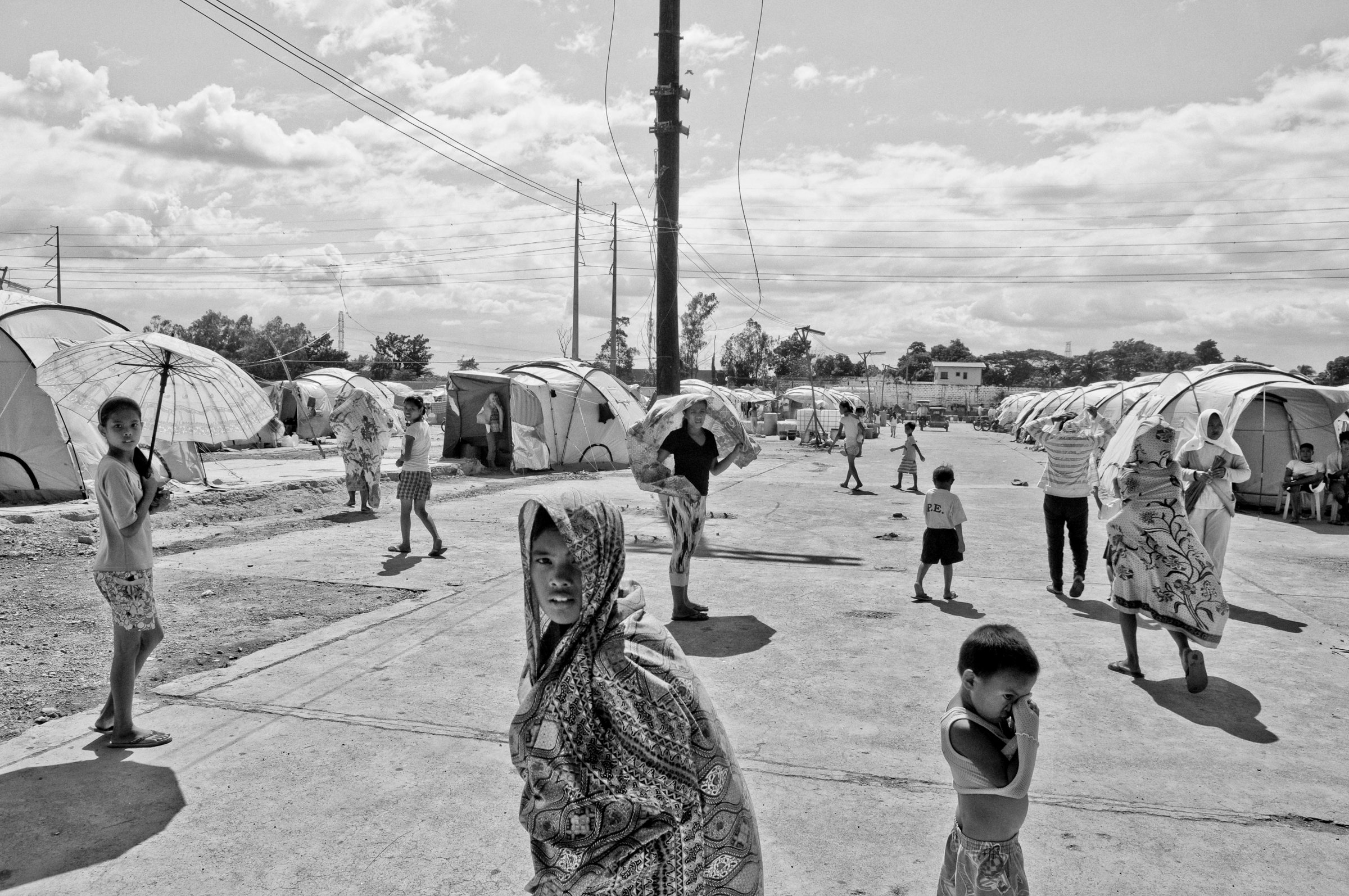
How countries adapt to a world radically altered by climate change has been a key focus of international climate change negotiations being held in Paris this week. Extreme weather events connected to climate change promise to wreck devastation across the globe, from deadly heat waves in India and Pakistan to extreme tropical storms in the Pacific, and world leaders hope that an agreement in Paris will provide answers about what support they will receive for efforts to handle such weather events.
In few places is that question as relevant as in the Philippines. The Pacific island country, one of the nations most vulnerable to the weather effects of climate change, sits in a region with particularly harsh weather patterns and rapidly rising sea levels. And, with a GDP per capita of less than $2,500, its leaders lack the financial resources to implement technology that could protect the country.
Climate change doesn’t cause any individual storm, but research has suggested that it could make storms stronger and more frequent. For one, global warming leads seawater to evaporate more quickly. That water can in turn form the clouds that fuel storms. And, when that happens, the Philippines’ location in the Western Pacific Ocean leaves it in the path of many large storms.
Read More: Why ‘Once-In-A-Lifetime’ Flooding Keeps Happening
Eight or nine tropical storms make landfall in the Philippines in an average year. And in recent years those storms have been worse in their effects. Four of the country’s 10 most catastrophic storms have occurred in the past decade, and sea levels in the Pacific Island country are expected to rise at a rate three times greater than the world average in coming decades.
The most devastating of those storms, Typhoon Haiyan, came in 2013. Sustained winds speed reached nearly 200 miles per hour, and the storm killed more than 6,000 people and displaced 650,000 others. A storm of that magnitude would damage any community unlucky enough to be in the storm’s path. But the effects were particularly harmful to the Philippines due to development issues. The country, where less than a quarter of roads are paved, ranks 113th on a list of infrastructure quality produced by the World Economic Forum.
The numbers and figures alone are astounding, but nothing captures the country’s vulnerability to climate change quite like images. Veejay Villafranca has spent the last six years in the Philippines photographing the impact of these extreme weather events.
“Documenting the aftermath seemed invaluable as it gets drowned by the headlines,” said Villafranca. “I touched on different facets of their lives from adjusting to their new homes to coping with the daily grind and to dealing with loss and instability.”
Officials from the country have been far from silent in recent years during international negotiations to reduce greenhouse gas emissions. For one, the country has led a group of vulnerable nations in their efforts for a more aggressive slowing of temperature rise.”We can fix this,” said Philippines climate envoy Naderev “Yeb” Sano at a conference in 2013. “We can stop this madness. Right now, right here.”
Negotiators failed to reach a meaningful agreement then, but as climate negotiations entered their second week in Paris, hopes are high again.
Read More: Climate Change Could Drive More Than 100 Million Into Poverty by 2030
Chelsea Matiash, who edited this photo essay, is a Multimedia Editor at TIME. Follow her on Twitter and Instagram @cmatiash.
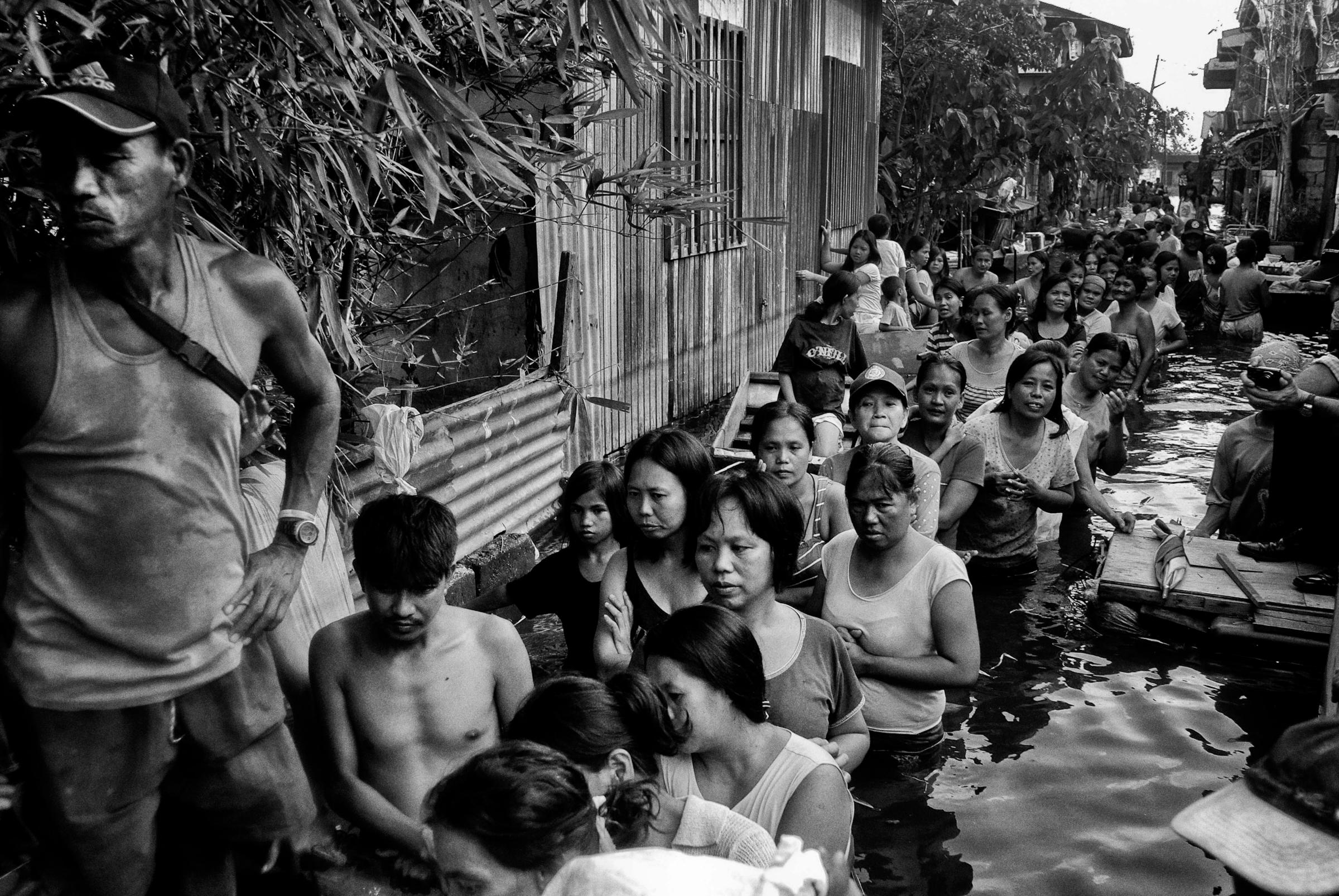

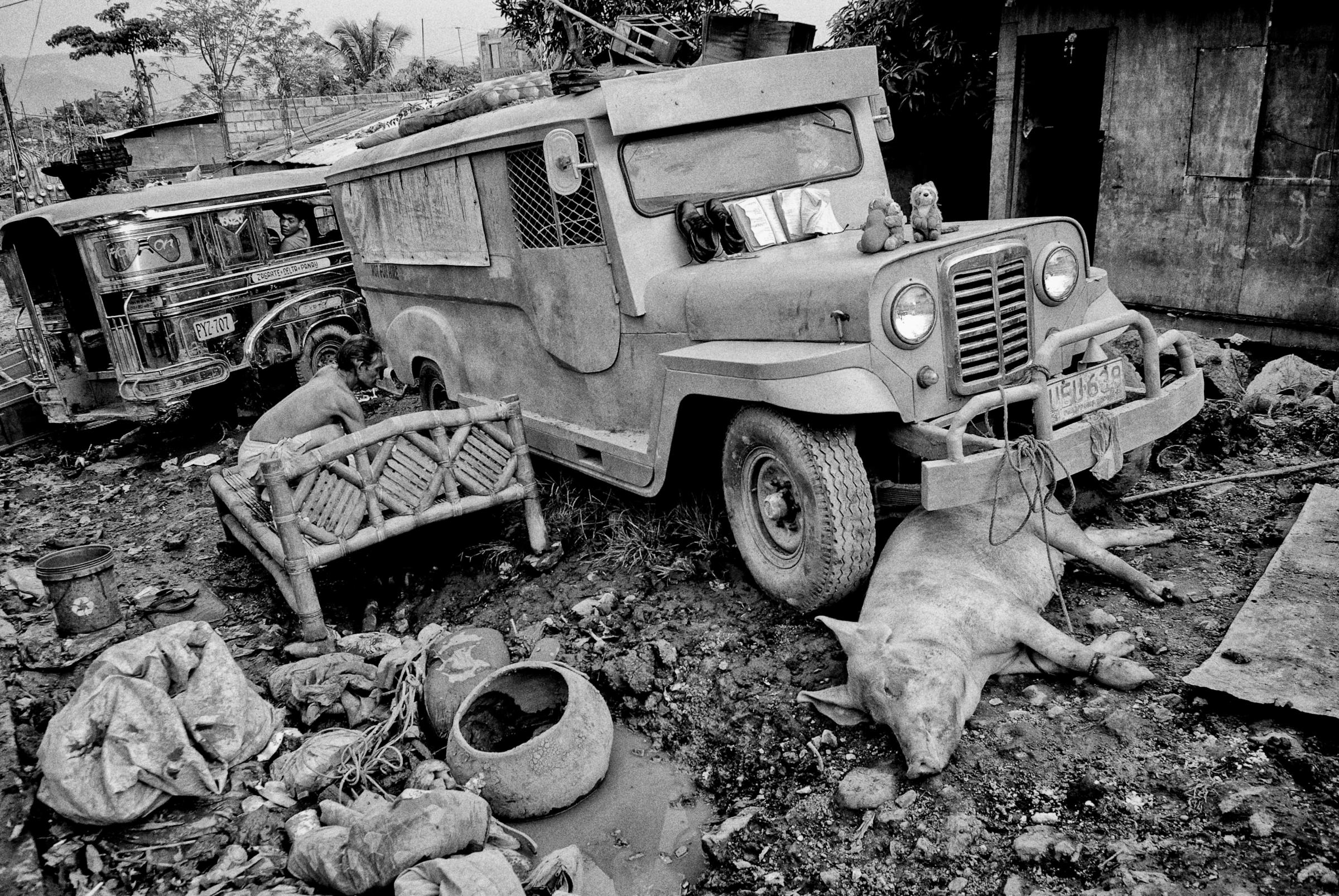
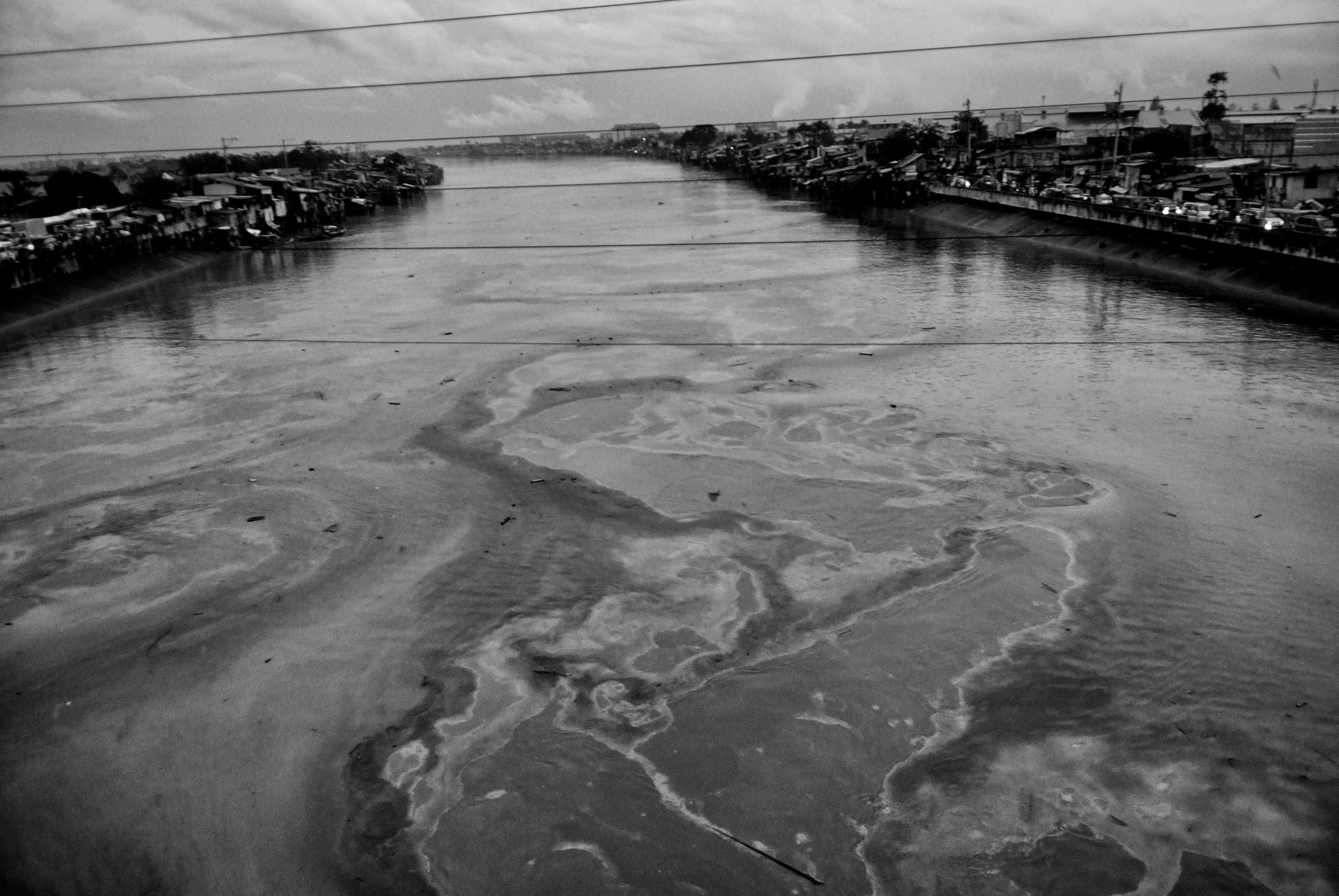

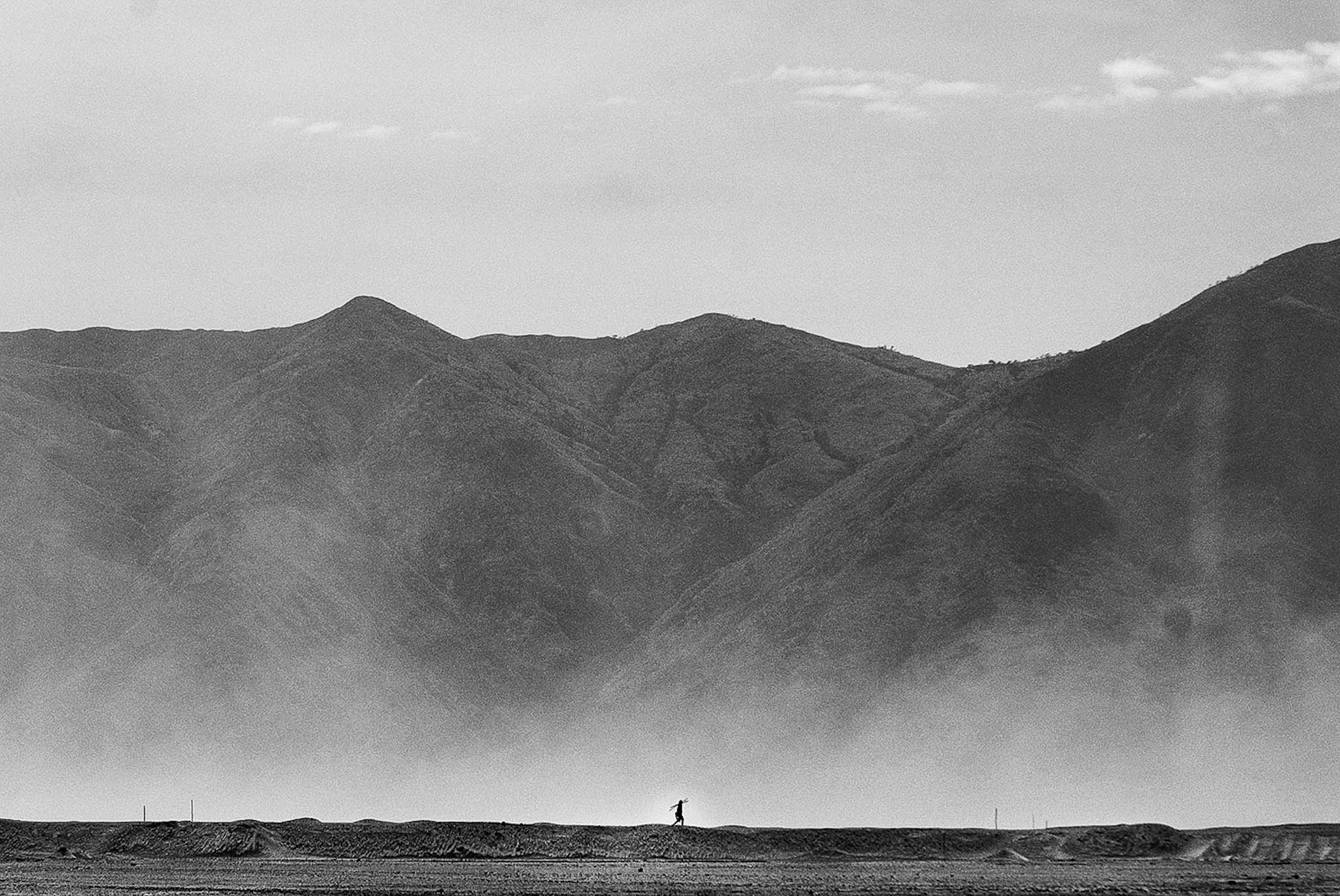




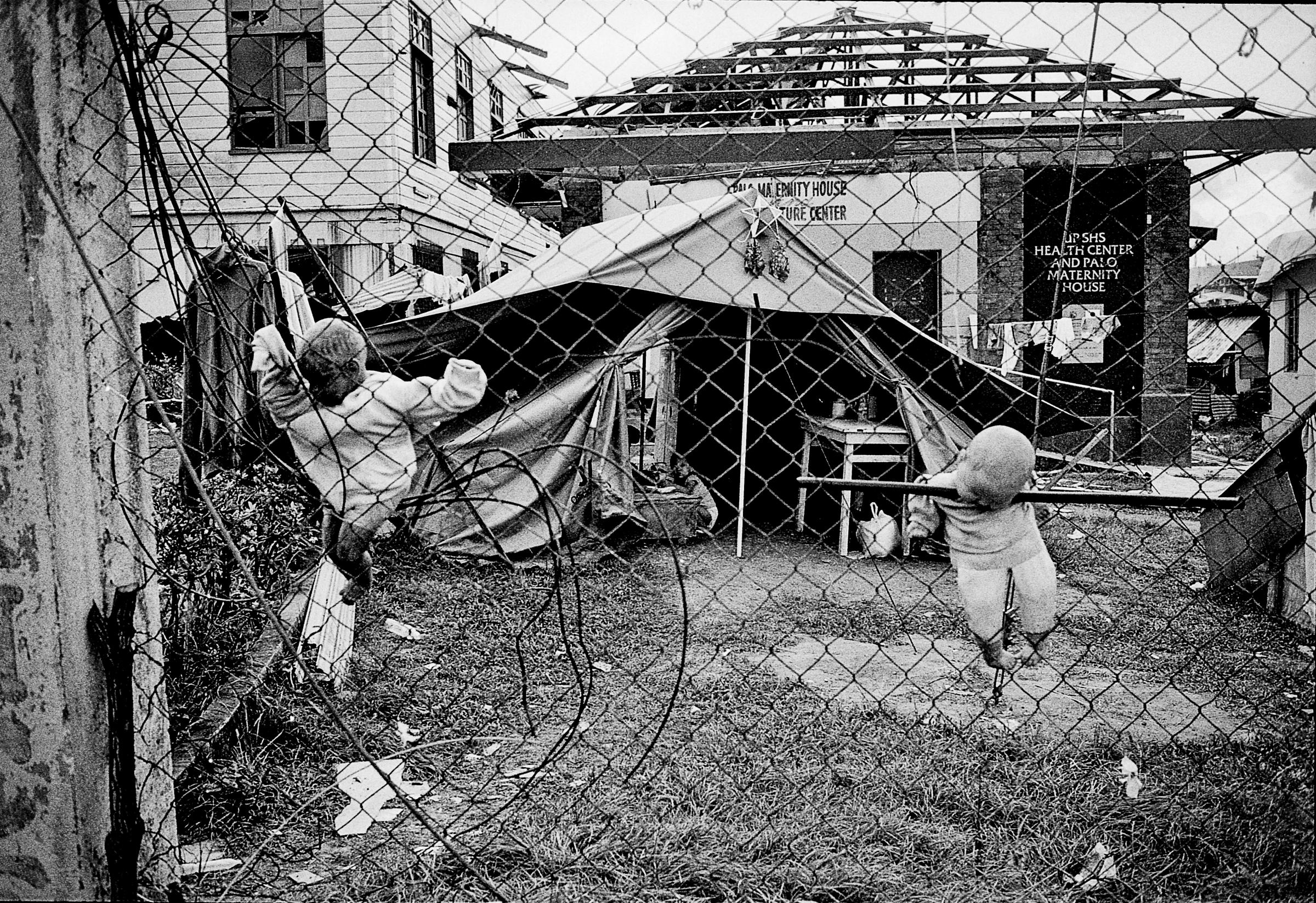
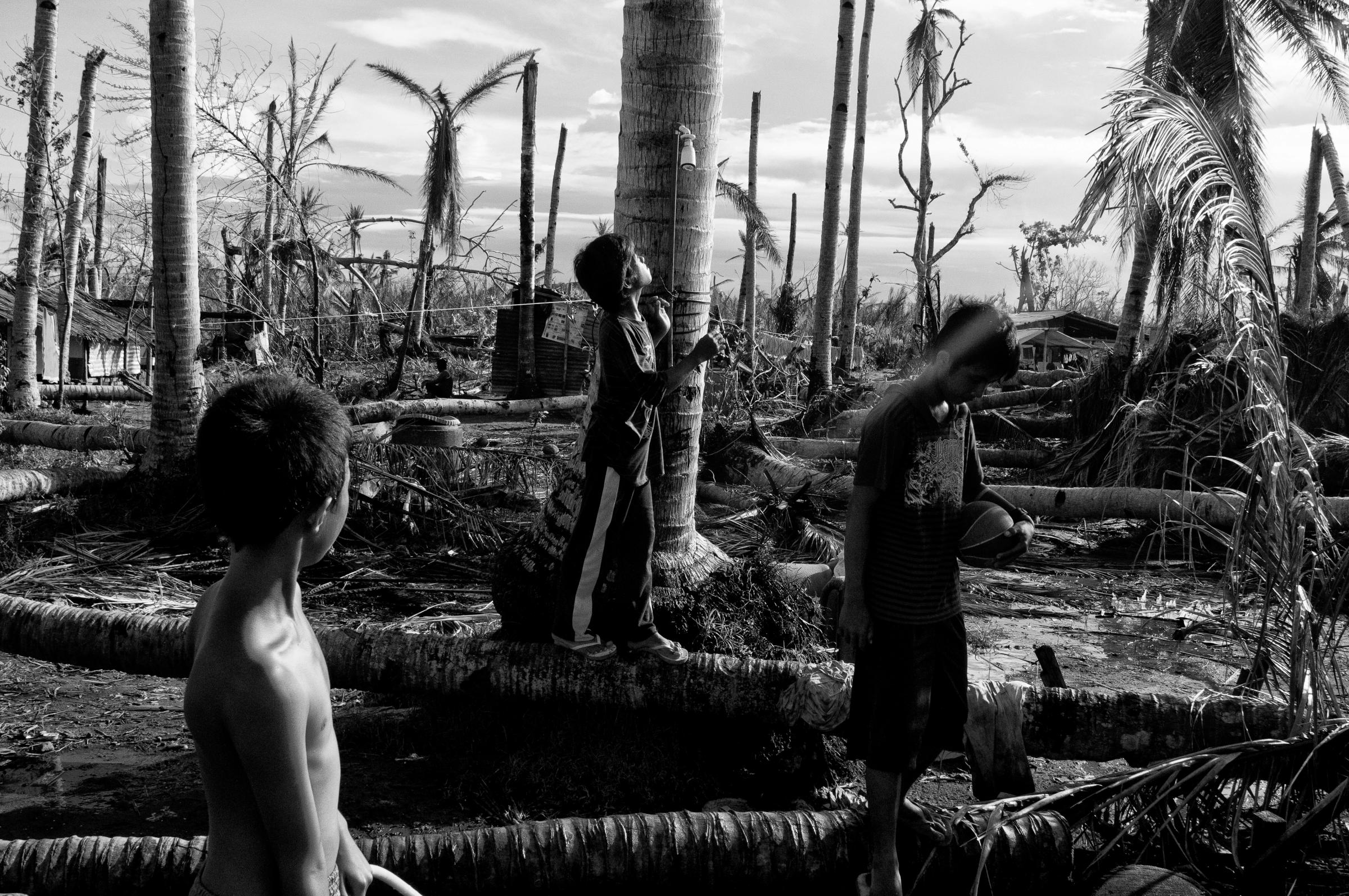



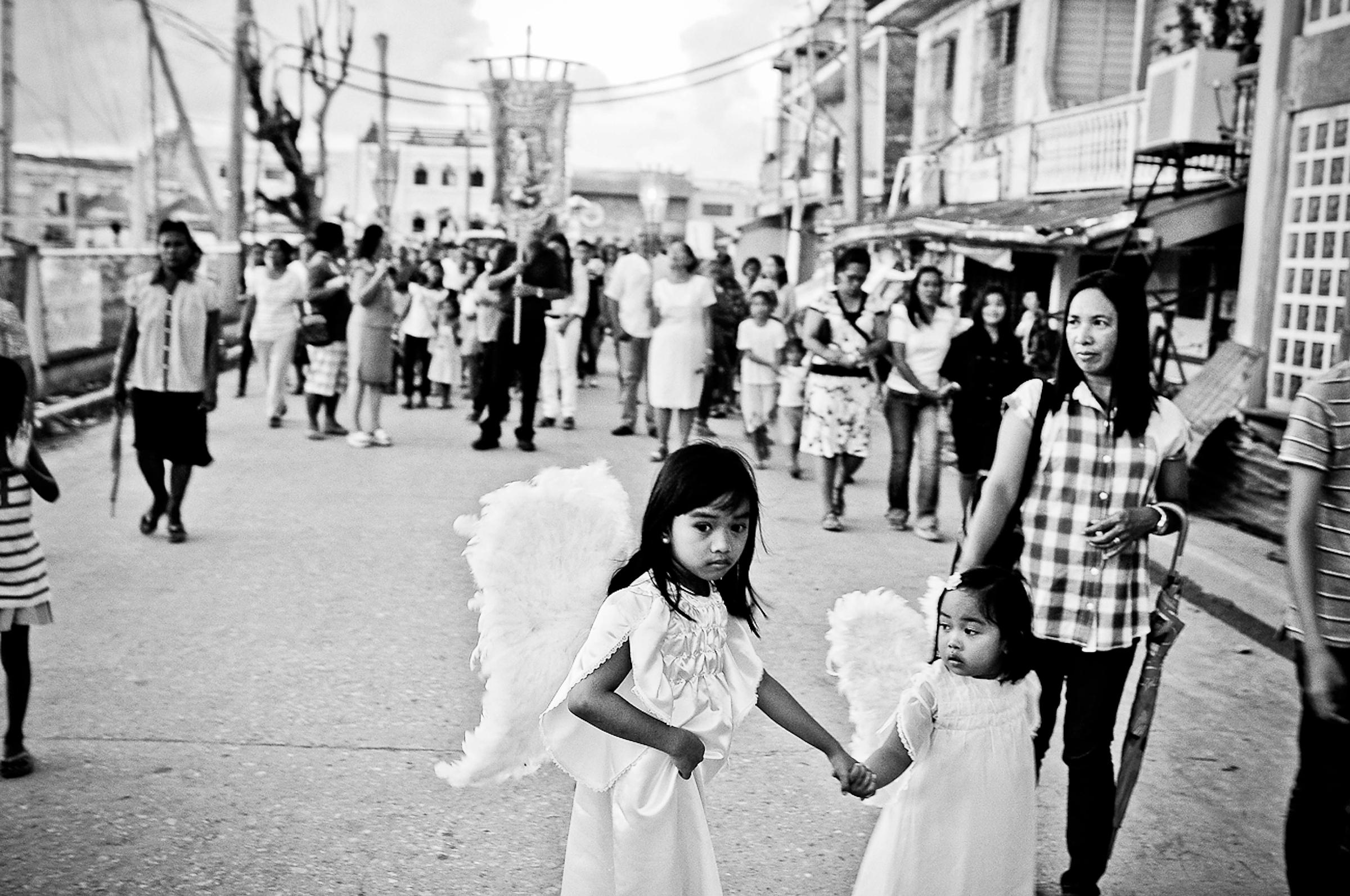

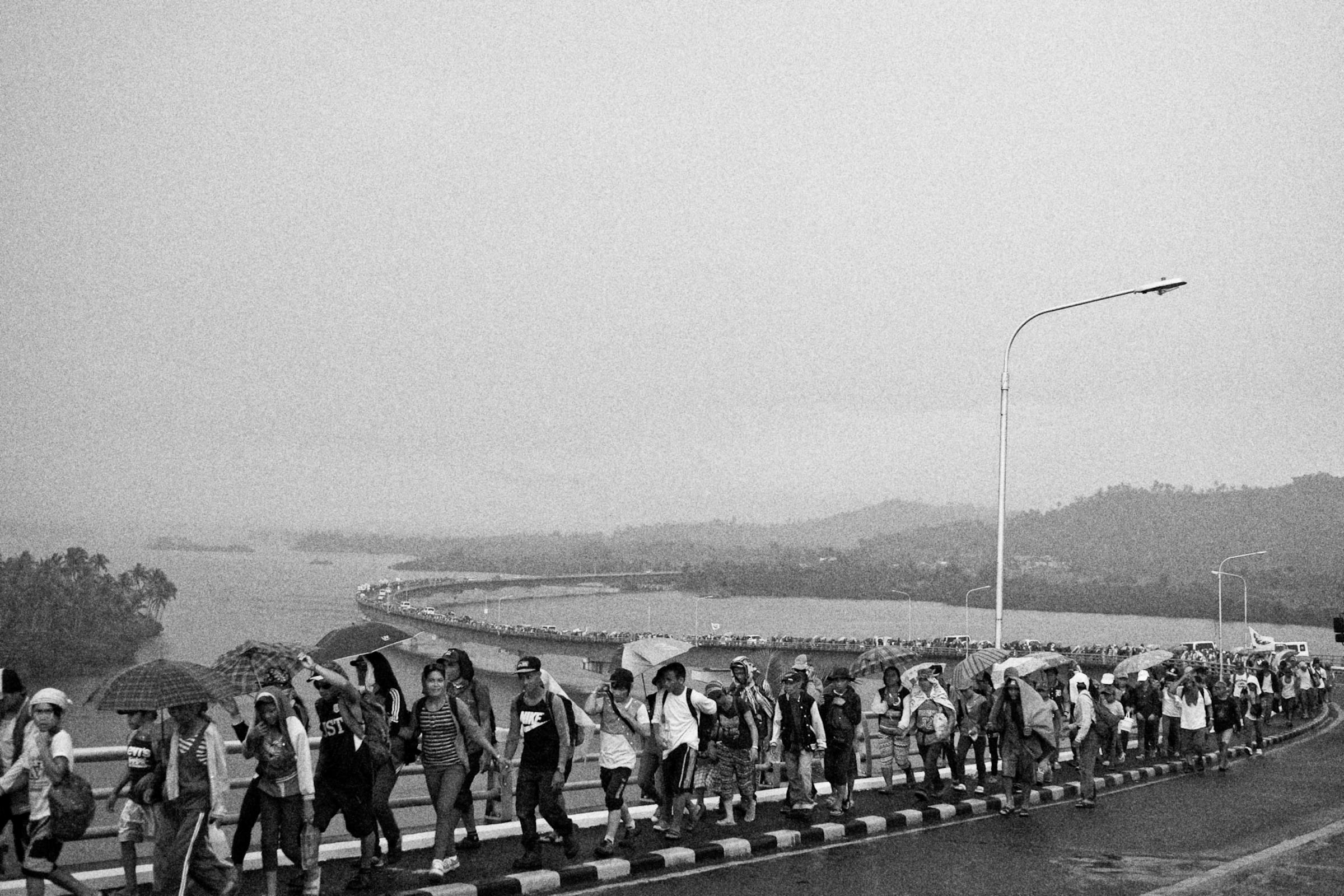

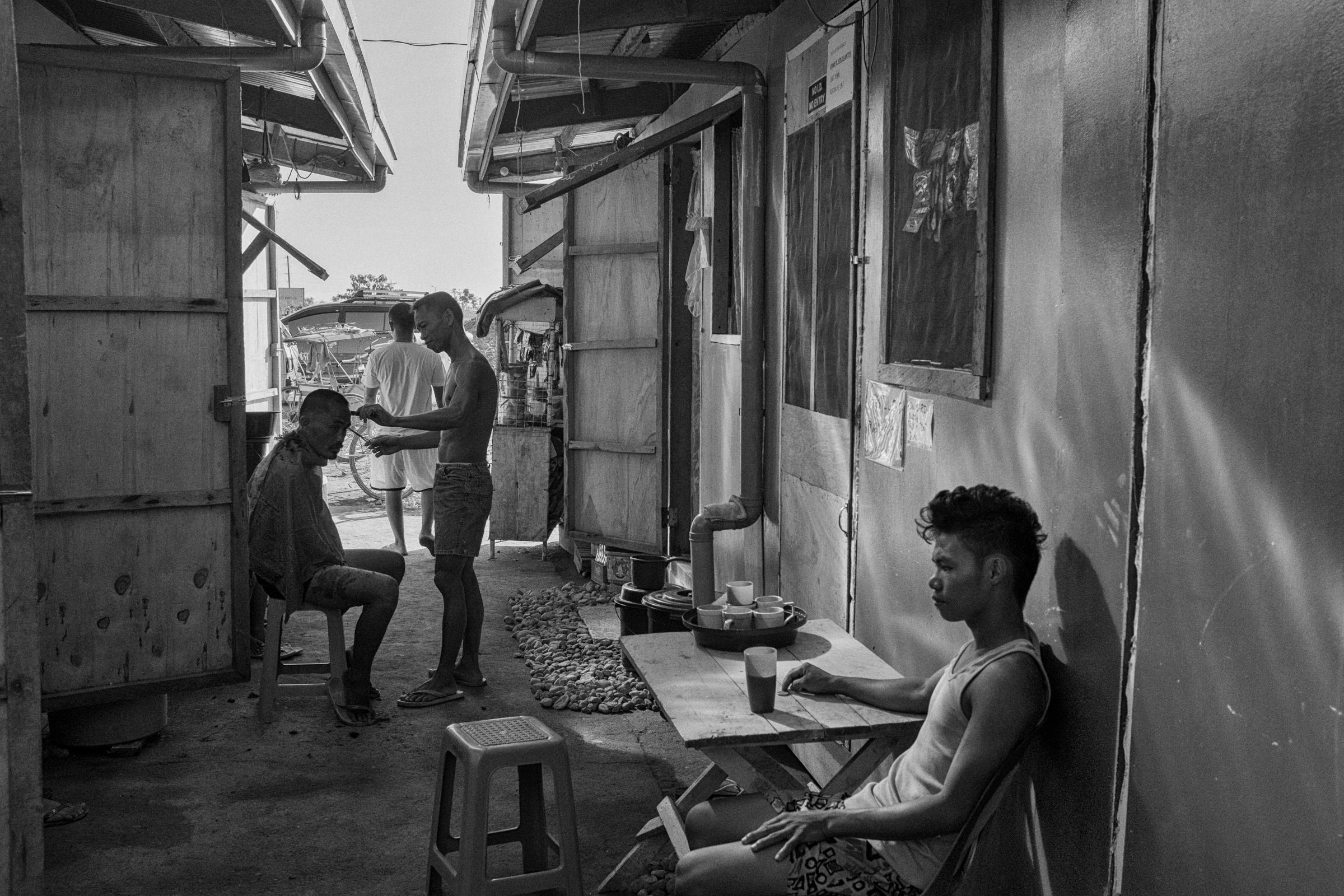

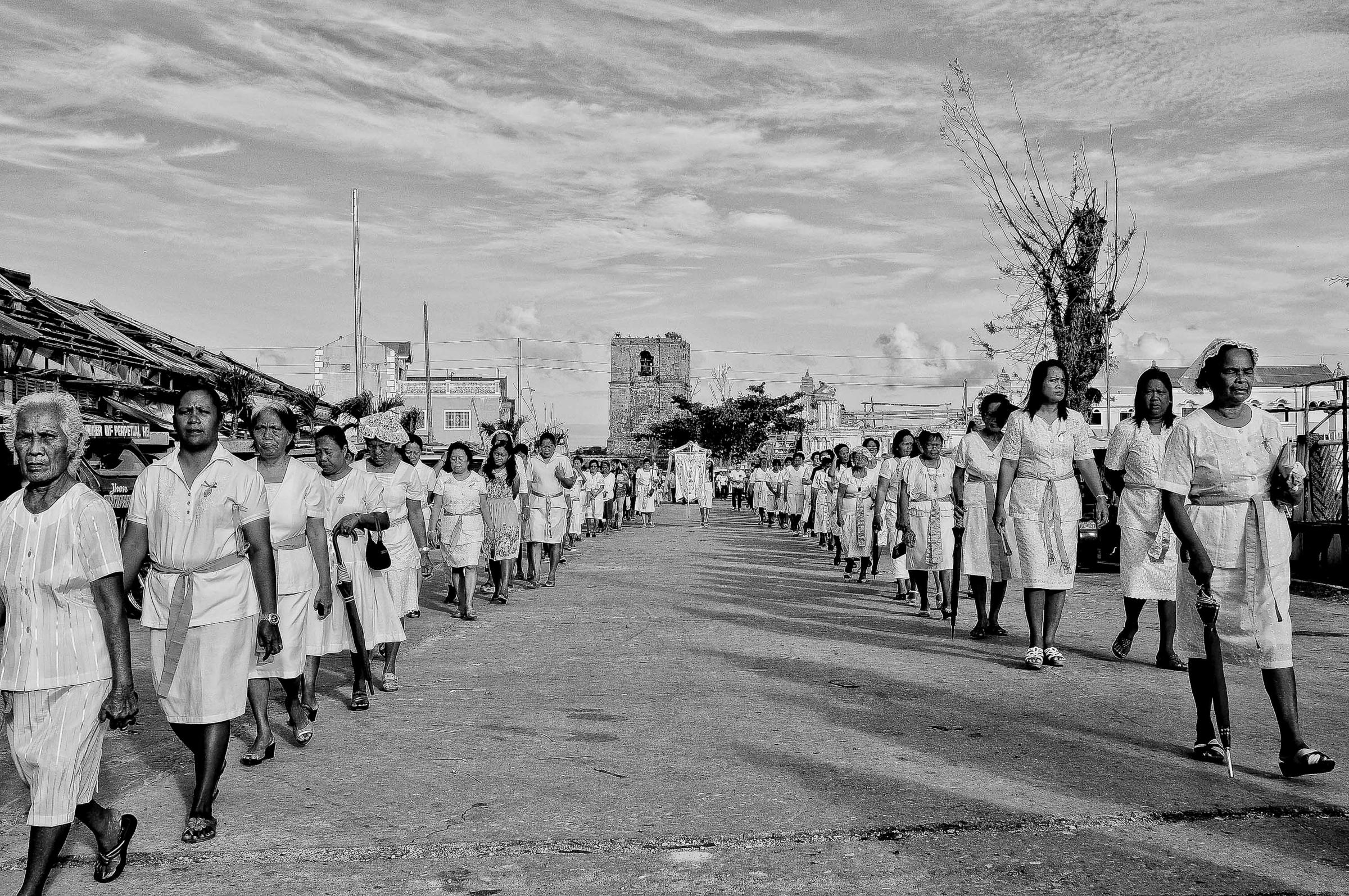


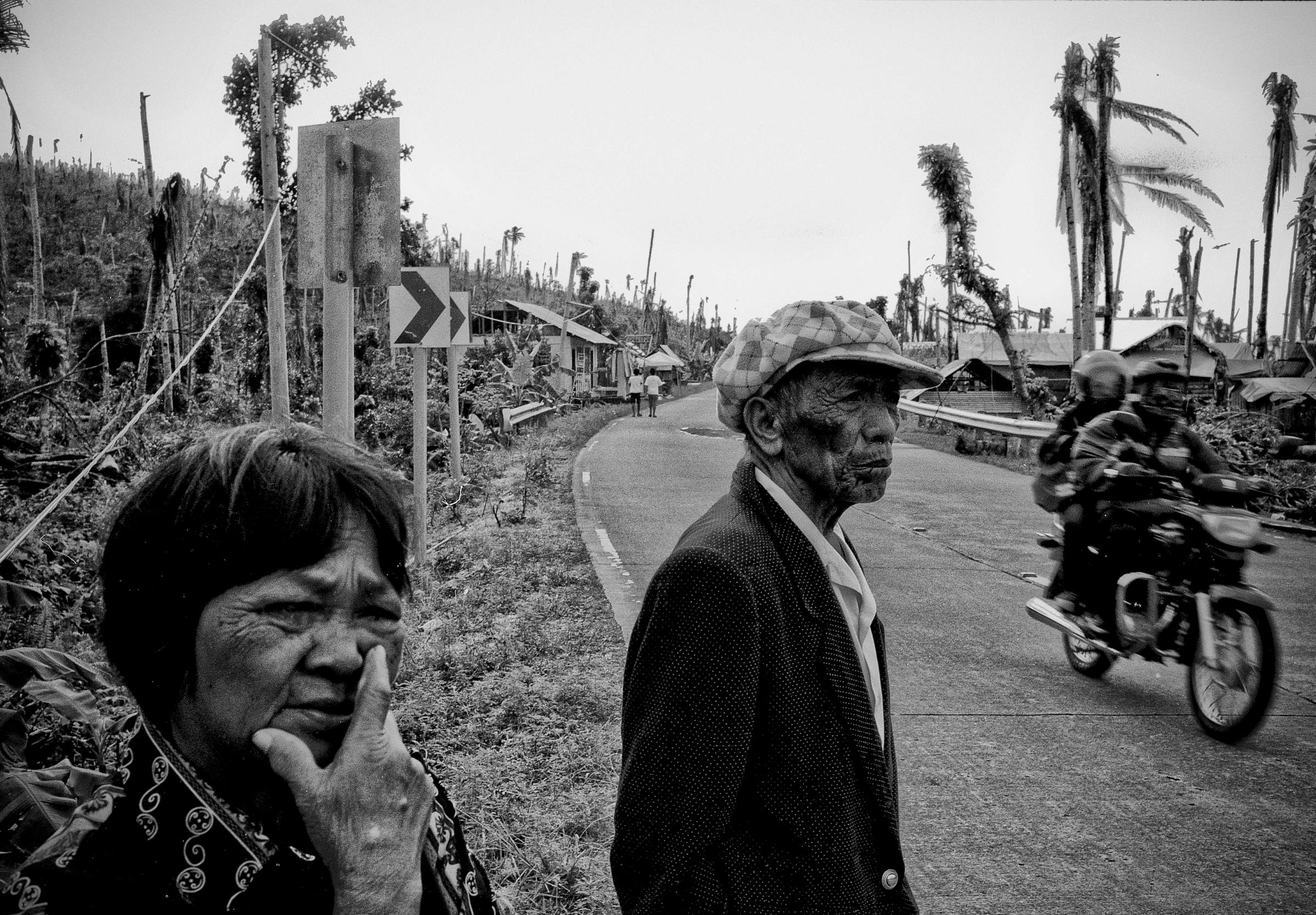
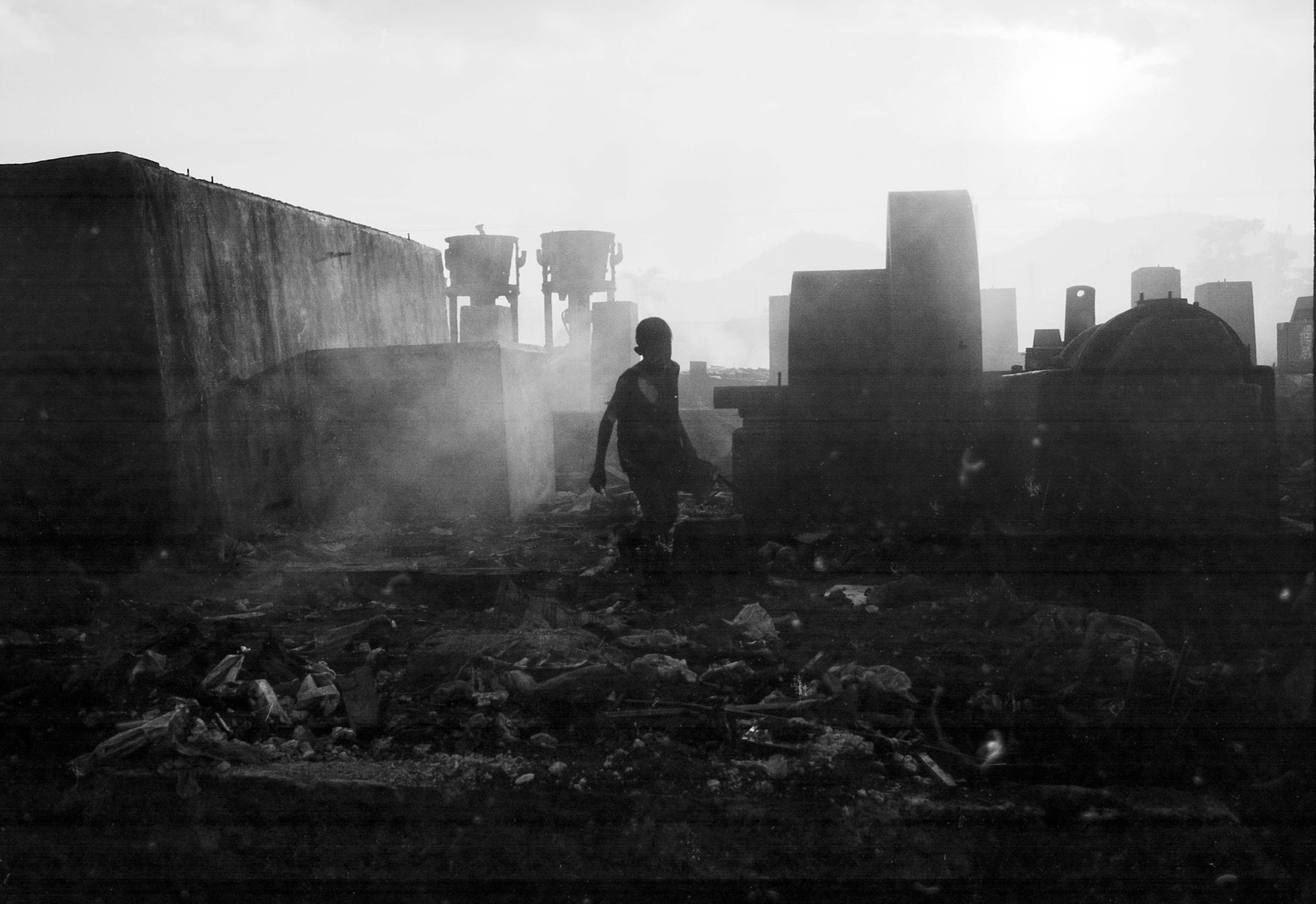
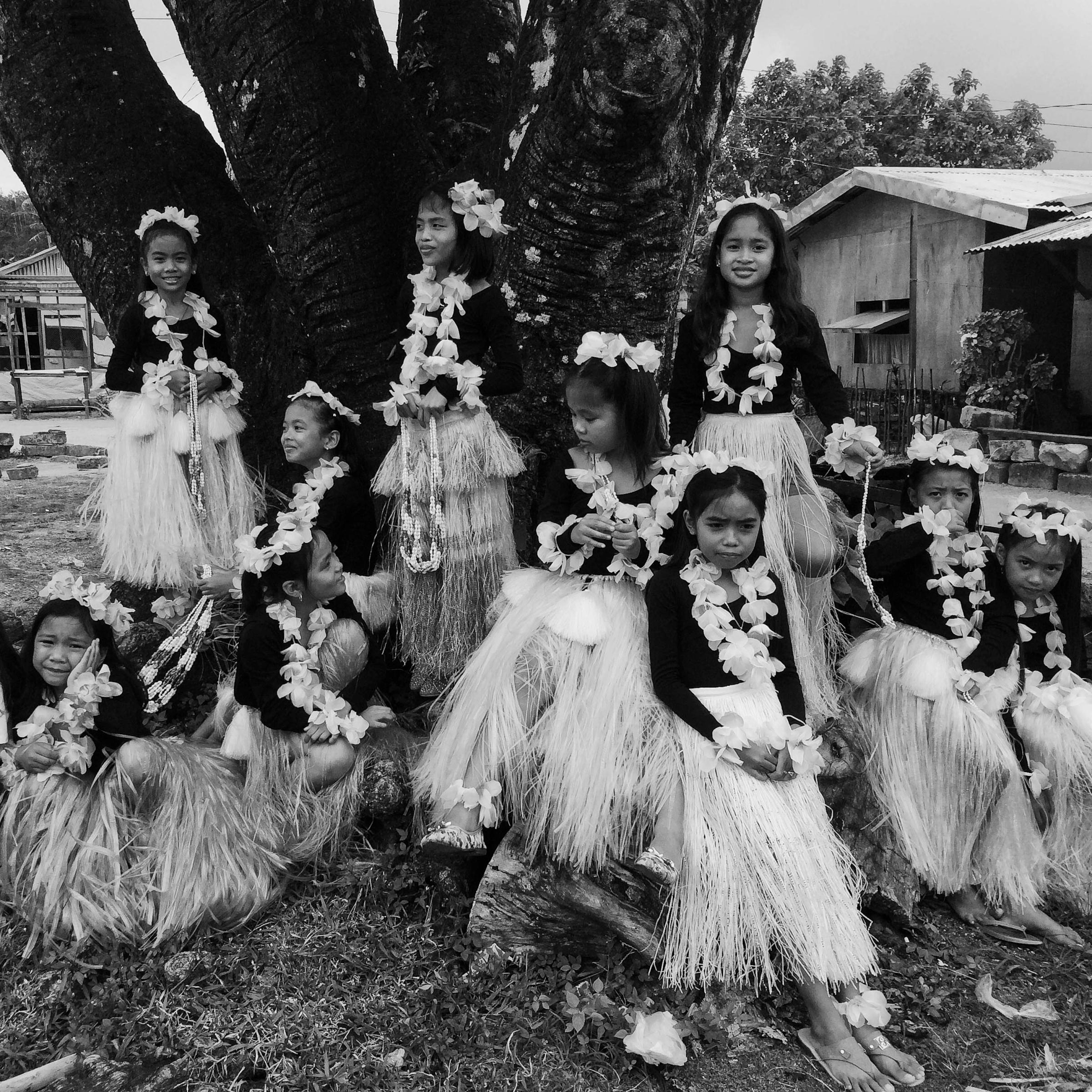

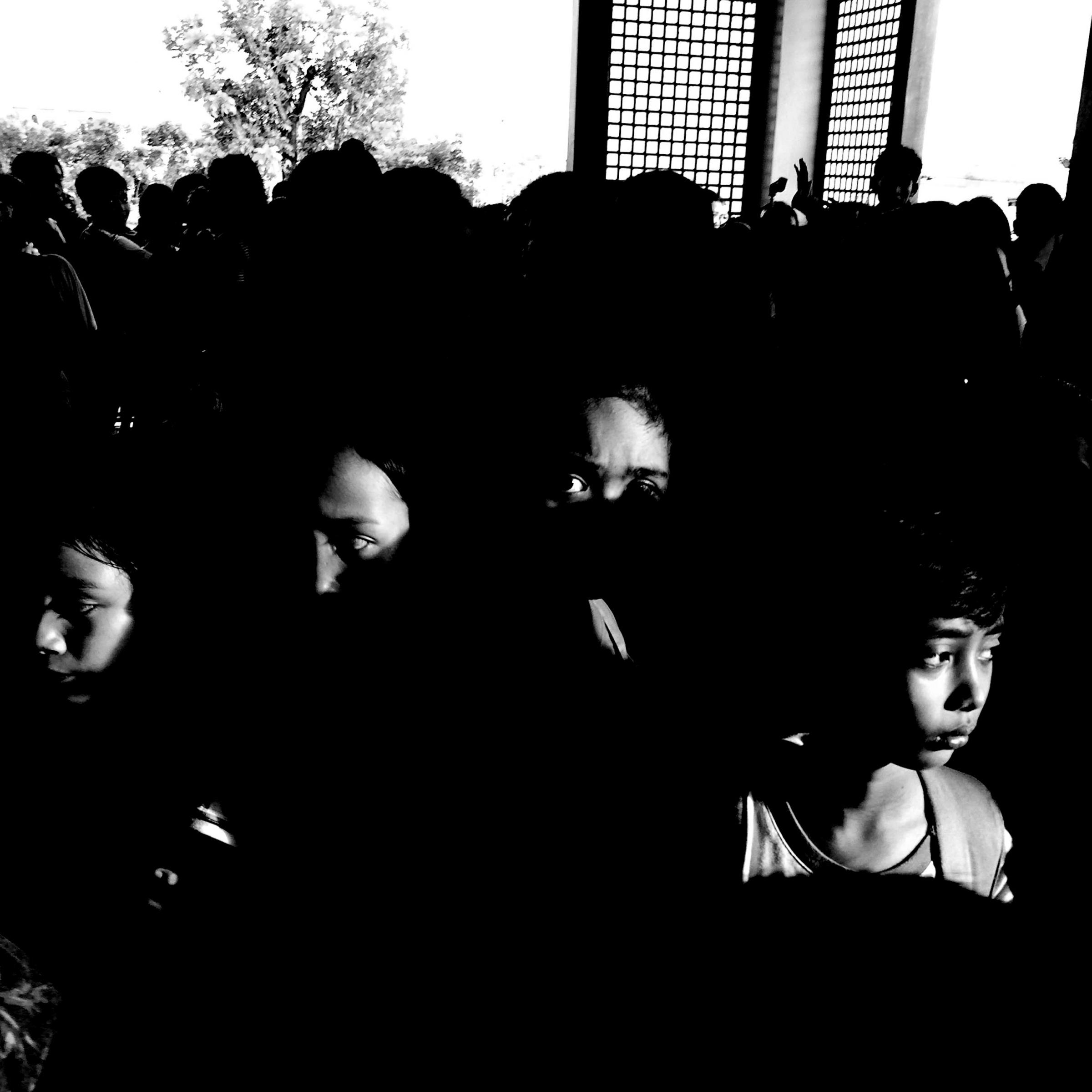
More Must-Reads from TIME
- How Donald Trump Won
- The Best Inventions of 2024
- Why Sleep Is the Key to Living Longer
- Robert Zemeckis Just Wants to Move You
- How to Break 8 Toxic Communication Habits
- Nicola Coughlan Bet on Herself—And Won
- Why Vinegar Is So Good for You
- Meet TIME's Newest Class of Next Generation Leaders
Write to Justin Worland at justin.worland@time.com